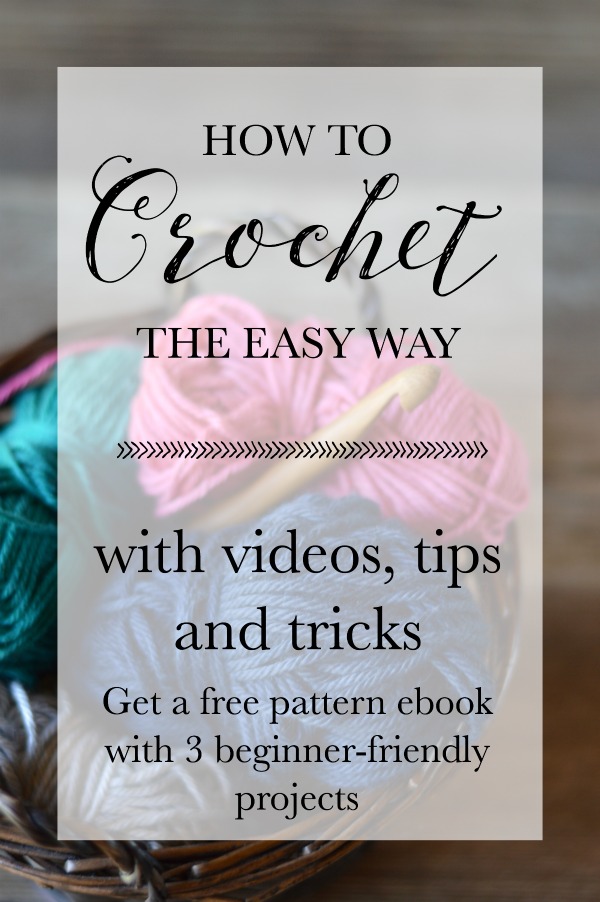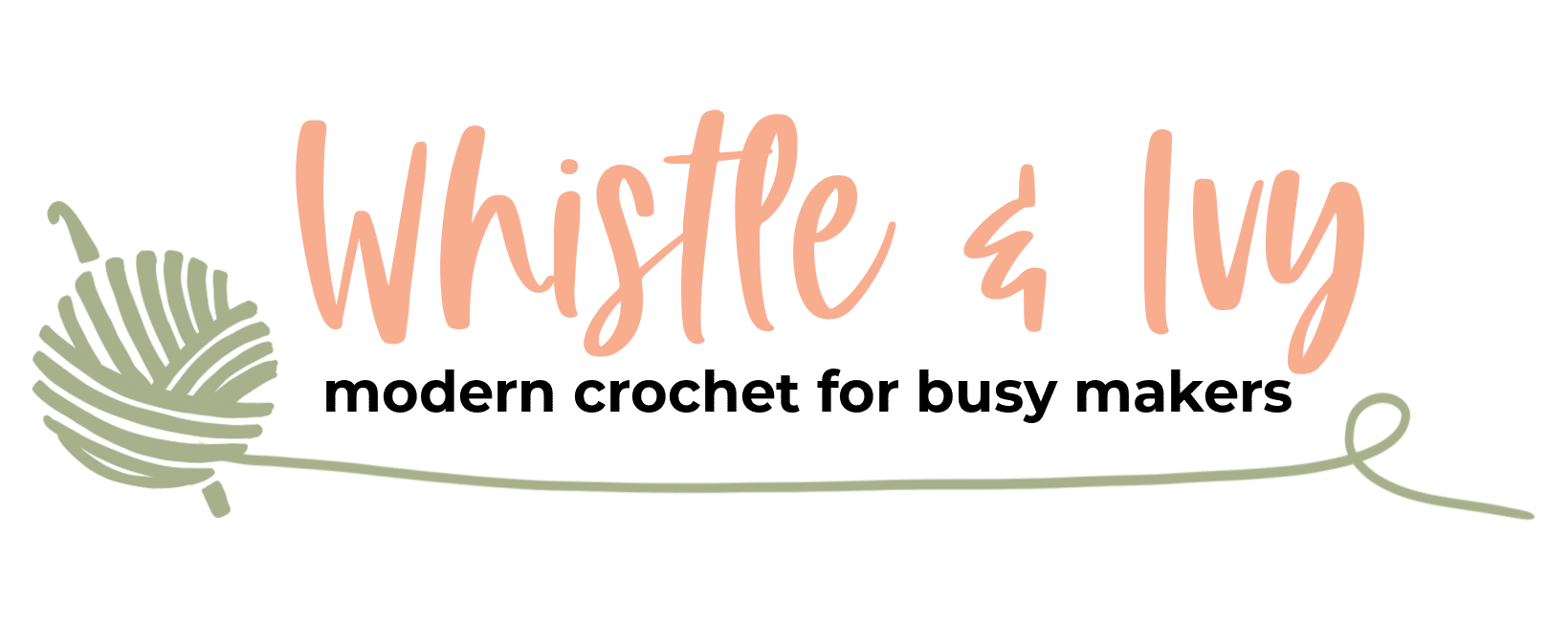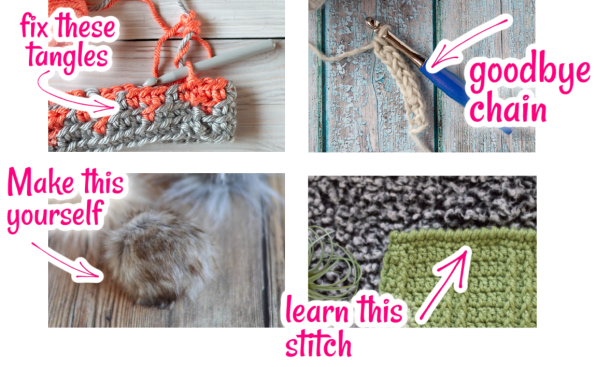Are you interested in learning how to crochet? Does the idea of choosing which yarn and which hook to use overwhelm you? Let me help! Crochet is my passion and I would love to help you on your journey to your new favorite hobby, crochet! This post contains affiliate links which means I earn a small commission at no extra cost to you. Thanks for your support!
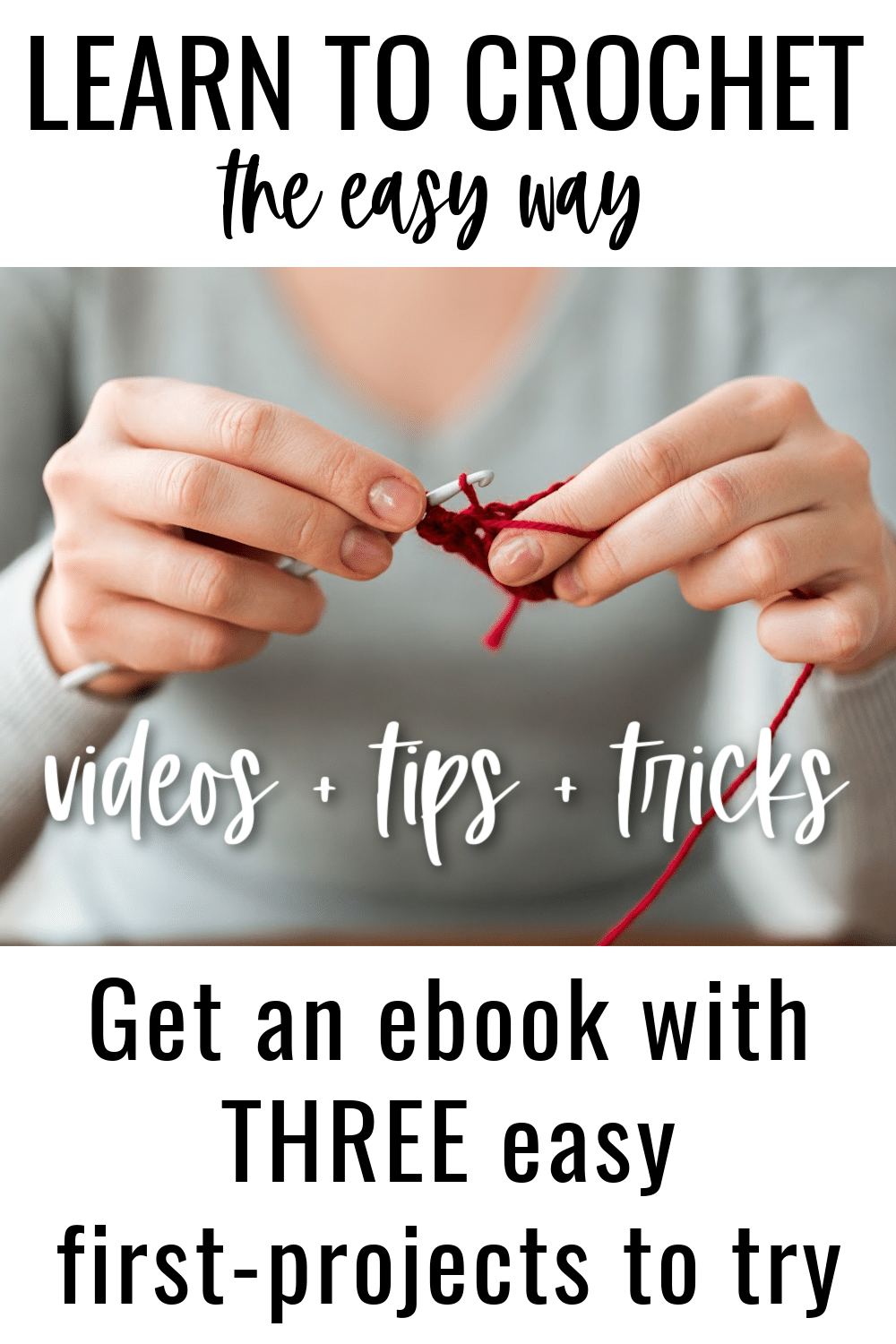
Ready to learn how to crochet? Let me help!
Crochet can be intimidating. Let me assure you, it’s not as complicated as it may appear. Once you learn how to crochet, your world will be opened up to this fun, relaxing hobby! Crocheting is simply pulling a loop of yarn through another loop.
Despite what many may think, crochet requires no talent. You simply need patience and practice to catch on to this timeless art. Before you know it, you will be making all your own accessories, home decor, toys (and anything else you can imagine!).
YOU CAN LEARN HOW TO CROCHET
What hook do I need to learn how to crochet?
I don’t believe that the hook will make or break your success in learning how to crochet. Your personal tastes will determine with hook works best for you. It’s very likely that the hook type you learn with will be the hook you prefer.
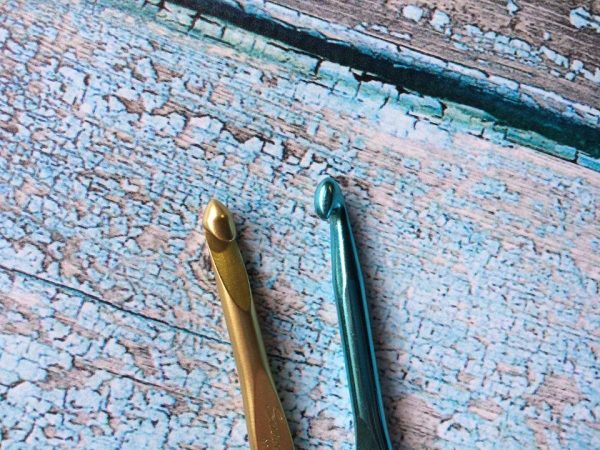
These are the two types of hook shapes. The blue one is called Tapered. A tapered hook (like Boye or Clover) has more of a rounded head.
The gold hook is called Inline. An inline hook (like Susan Bates hooks)has a more pointed head and a sharp hook edges.
You may want to buy one of each and see which shape you prefer.
HOOK SUGGESTIONS:
Currently, I use Clover Amour hooks and and love them. They are incredibly comfortable to hold, compact enough to easily take with you when you are crocheting on-the-go, they are quality made and the metal tips lets the yarn slide easily.
I also love using We Crochet Dots Hooks. They feel very much like the Clover Amour, but the handle is slightly longer, which I like.
Another option is Furls Crochet hooks. My favorites are the Candy Shop Hooks. They come in beautiful, bright colors and have a smooth, glossy finish. The Candy Shop hooks are also a bit more affordable, too. They fit perfectly in your hand, and are made to keep your hands comfortable and relaxed. The tip of the hooks are tapered for the smaller hooks, and look a bit more inline-ish for the chunkier hooks.
Additionally, I have used these off-brand hooks with success, but they don’t hold up well over time (the handles started coming apart), so keep that in mind.
What do the crochet hook sizes mean?
Hook sizes are slightly different for different countries. Because all my patterns are written in American Terms, I will explain a bit about American Hook sizing.
The sizes are simply the mm sizing of the head of the hook.
The reason we use different sized hooks is because we make lots of different things with different sized yarn! For instance, when making a stuffed toy, you want small, tight stitches so the stuffing doesn’t come out. To make small, tight stitches you need a small hook. On the other hand, if you want a soft, billowy, chunky scarf, you will want to use a big, chunky hook and achieves big spaces between the stitches to create a nicer drape.
This graph shows the most common hook sizes. You can get much larger ones and you can get tiny ones for thread as well.
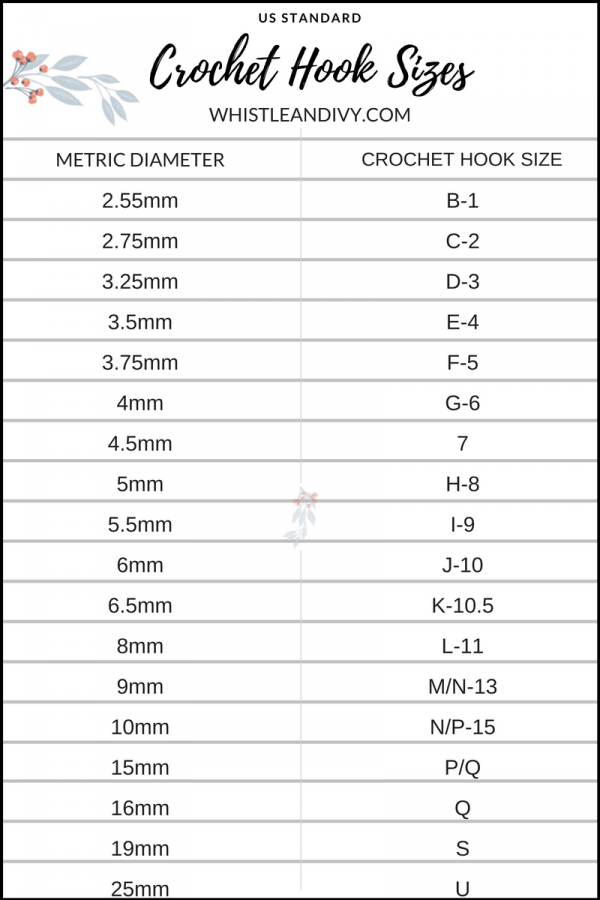
What yarn should I use when learning how to crochet?
Oh yarn! All of it is lovely. I am no respecter of yarns, it’s all wonderful. I have used high-end hand-spun, hand-dyed yarn, and I have used inexpensive yarn too. Depending on the project, you can find a use for every kind of yarn you can find.
As a very first project, I suggest using a stiffer yarn (or scratchy!) or t-shirt yarn as it’s easier to work with as a first time crocheter. A lot of vintage yarns are stiffer and scratcher than newer yarns, so you can try hitting up a thrift store to find old yarn.
If you are ready to go yarn shopping, this chart can help. The symbols, numbers and names for different yarns can be confusing, but this chart provides a bit of clarity.
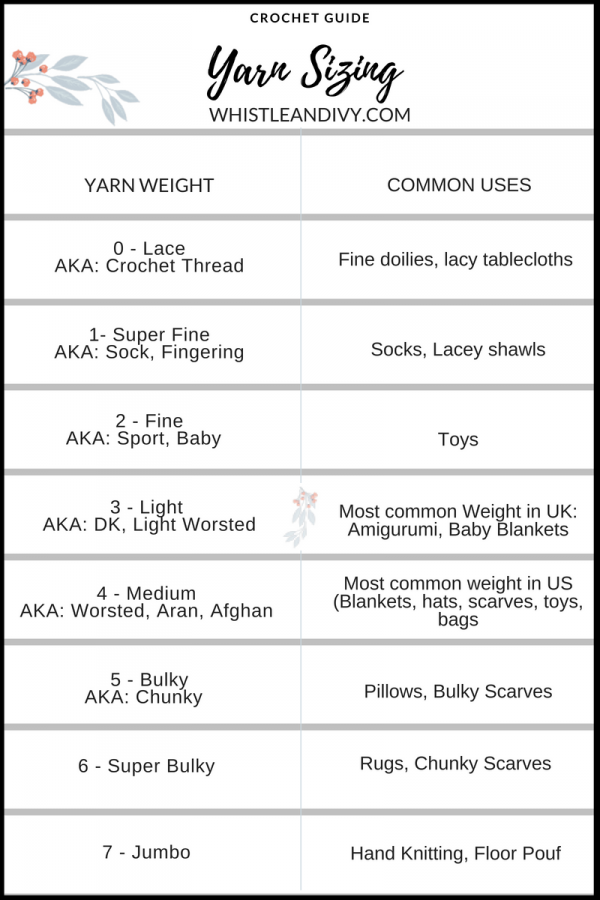
What Brands you do recommend?
One of my favorite places to get yarn is Knit Picks. Their basic acrylic is soft and has the perfect amount of stretch, making it ideal for hats. They also have a lovely selection of cotton blends that I am in love with, (Comfy and Shine) and have yet to find a comparable yarn on the market. I love making baby booties with Mighty Stitch, a very VERY soft wool/acrylic blend.
Lion brand also offers a variety of yarns for many uses, I really love Heartland because it’s soft and I love the heathered colors.
The fun of crochet sometimes comes with finding fun yarns. Head to your local yarn shop or craft store and see what you can find!
Do I Need Other Tools?
Darning Needle:
One thing I can’t do without is a sharp darning needle. A sharp needle is invaluable when you finish your project and need to weave in your ends. These are my favorite ones.
Scissors:
I also love these two pairs of scissors, these folding ones, and this PenCut Mini. I like to keep them in my project bag (the PenCut is in my purse) so I have scissors whenever I need them.
HOW TO CROCHET SIMPLE STITCHES
There are only a few basic stitches. All patterns and projects use these stitches to make them! They have variations, but you can do anything once you learn the basics. The hardest thing about crocheting it learning how to hold your yarn. Be patient with yourself and know that crochet simply takes time and practice.
HOW TO CHAIN
First, learn to chain. Chain is abbreviated “ch” in a written crochet pattern. If the pattern says “Ch 20” it means to work 20 chain stitches. I suggest practicing the chain until you feel extremely comfortable!
Don’t move on until you are very comfortable with the chain. A big part of being comfortable is finding a comfortable way to hold your yarn. Once you are comfortable (seriously, don’t move on until you have mastered the chain) you can move on to the single crochet stitch.
Watch how to work a chain:
HOW TO WORK SINGLE CROCHET STITCH
One you feel like a chain master, you can move on to working a single crochet stitch. In the pattern, single crochet stitch will be abbreviated “sc”.
Watch how to work a sc stitch:
HOW TO WORK DOUBLE CROCHET STITCH:
Once you have mastered the single crochet stitch you can move on to a double crochet. This is a nice, tall stitch and allows you to make blankets and hats much faster than using a single crochet. Double crochet is abbreviated “dc” in a written pattern.
HOW TO WORK HALF DOUBLE CROCHET STITCH
I saved the best for last, the half double crochet. It’s like a double crochet, without working the last part of the stitch. I love it because it’s taller than a single crochet, so your projects are completed quickly but smaller than a dc, so you don’t have large spaces between the stitches. The abbreviation in a written crochet pattern is “hdc.”
Give it a try:
There are a couple more stitches that you may see in the future, but for now, focus on mastering these basics.
HOW TO READ A CROCHET PATTERN
Crochet written patterns are simply written-out instruction for a crochet piece. It is much like turn-by-turn geographical directions. If you follow them closely and in-order, you will complete the piece.
For instance, an easy washcloth might read like this:
1. Ch 20 (work twenty chains).
2. Sc in 2nd ch from hook. (Single crochet in the 2nd ch away from your hook, not the loop on your hook, but the next one. You can’t work in the chain immediately behind the hook, or you will undo the last chain. When working in rows, often you will work in the 2nd or 3rd chain from the hook. You would work in the 3rd chain if you are using a taller stitch, like a hdc (half double crochet) or dc (double crochet).
3. Sc in next 18 sts. (work 18 single crochet stitches, each in their own separate stitch, working through both loops on the top of the stitch). Turn.
When working in rows, you will turn after each row, and work across the row you just completed, until the washcloth is as tall as you would like.
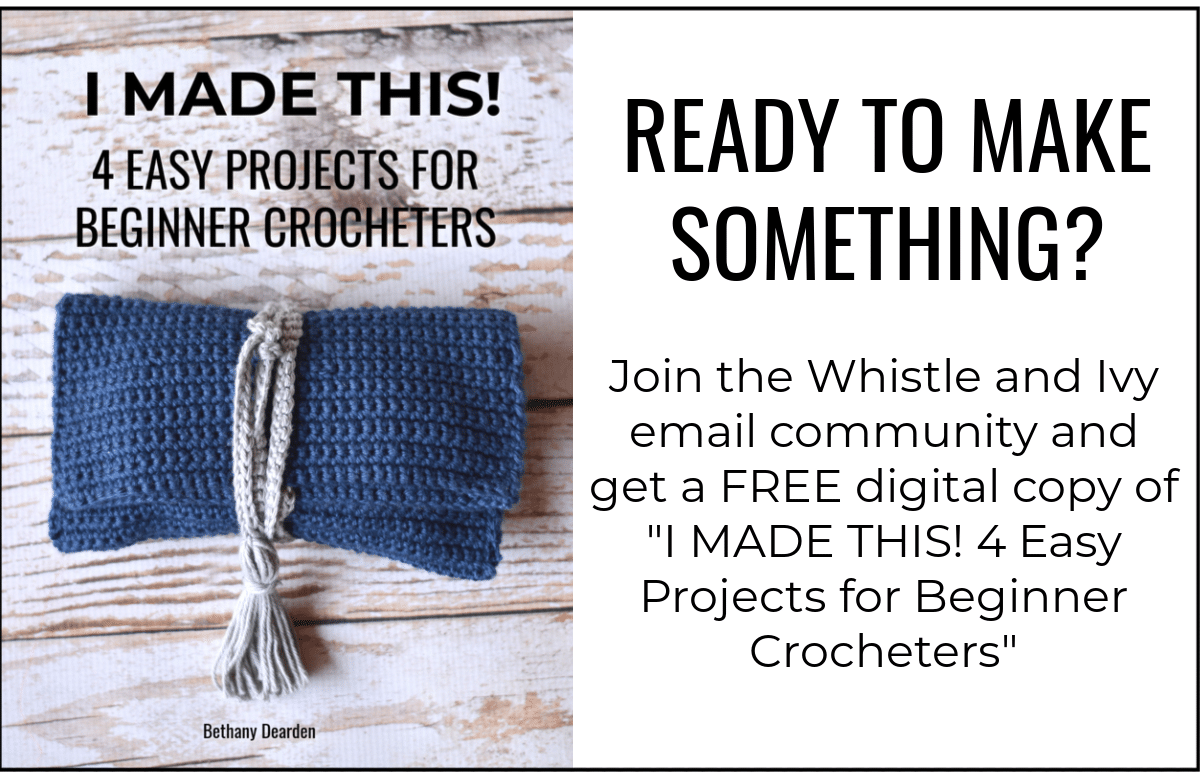
Have more question? Send me an email at Bethany (at) whistleandivy (dot) com

